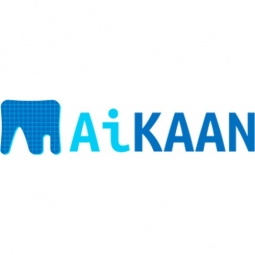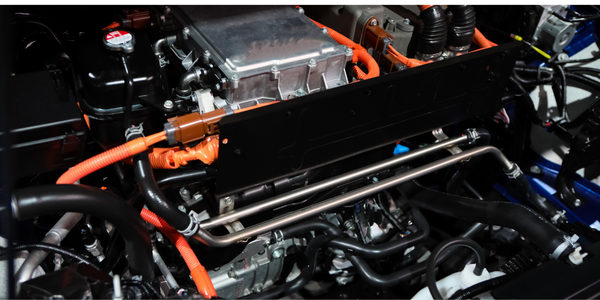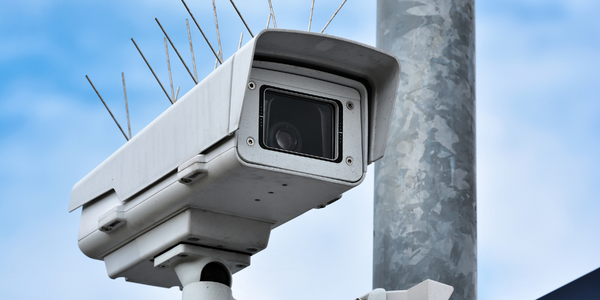
技术
- 分析与建模 - 机器学习
- 功能应用 - 远程监控系统
- 网络与连接 - 网关
- 平台即服务 (PaaS) - 设备管理平台
- 平台即服务 (PaaS) - 边缘计算平台
用例
- 计算机视觉
客户
未公开
关于客户
智能监控解决方案的解决方案集成商
挑战
- 管理远程摄像机和物联网网关的大规模车队被证明是一项昂贵的工作。
- 升级在相机上运行的 AI/ML 应用程序。
- 应用程序编排和管理对于跨解决方案运行的 AI 和 ML 应用程序变得具有挑战性。
-频繁的故障需要上门服务。
解决方案
-在LPU上单击配置应用程序,升级ML模型。
- 单击远程连接。
-机器辅助远程调试/故障排除。
运营影响
数量效益

Case Study missing?
Start adding your own!
Register with your work email and create a new case study profile for your business.
相关案例.
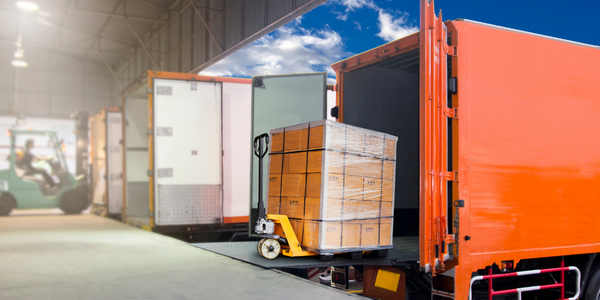
Case Study
A New Level of Urban Freight Control via RFID
The municipality of Verona had the exigency to enforce the regulations for commercial vehicles for into the historic city center to reduce traffic, vehicles with permits dedicated to city logistics within certain hours often exceeded the permitted period of stay inside the congestion zone. In addition Verona had the goal to eliminate the falsification of disabled parking passes and increase the on street enforcement. The historic city center of Verona was already equipped with a congestion area system comprising of video cameras, but the ratification of the system limited the functionality of the system. It was not possible to measure time of ingress and egress nor the duration of stay of single vehicles. Once entered, it was not possible to verify if the vehicle spent more than the consented period of time inside the city leading to an increased congestion. For disabled people, the existing solution led to various problems: to access to the city center handicapped drivers or passengers had to inform the municipality up to 48 hours in advance for avoiding a fine and falsificated copies of disabled permits (CUDE) were a frequent problem. A new solution needed to cover all this aspects, while digitizing the related processes to increase efficiency and reduce the workload at the cities helpdesks.

Case Study
How an Autonomous Machine Vision (AMV) System Increased Accuracy and Cut Waste
QA automation is a cost-effective solution for manufacturers, as it saves time and money while reducing the risk of defective products. However, traditional QA methods are not sufficient for meeting the rigorous standards of Industry 4.0, and traditional machine vision solutions can be expensive and difficult to implement. BSH, a manufacturer of home appliances, faced this challenge and sought to improve the accuracy and efficiency of their batch inspection process without incurring high costs. They partnered with Inspekto to address the issue and reduce detection time of component defects at one of their oven manufacturing plants in Germany.

Case Study
A FOG Vision Control Solution for an LED Module Production Line
This manufacturer of LED module bonding machines was in the process of developing large vision machines that comprised 17 industrial PCs (IPCs) in a single machine.They had been testing several IPC brands to identify the ideal one that would improve the stability of their machines. Given the number of IPCs in each machine,having compact IPCs was a major priority for their project.

Case Study
Employing Intel Deep Learning SDK Toward Bettering Image Recognition Models
In this case study, the challenge explored involves LeNet*, one of the prominent image recognition topologies for handwritten digit recognition. In the case study, we dive into how the training tool can be used to visually set up, tune, and train the Mixed National Institute of Standards and Technology (MNIST) dataset on Caffe* optimized for Intel® architecture. Data scientists are the intended audience.
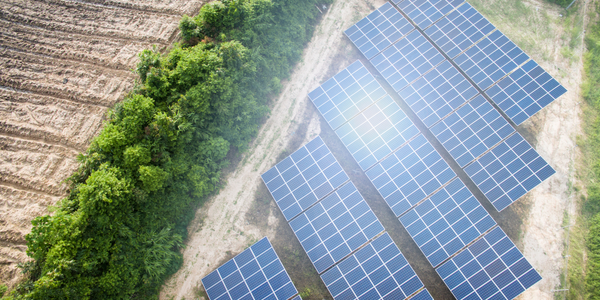
Case Study
Drone Solar Panel Inspection: A Case Study on PCL Construction
PCL Construction, one of the largest construction companies in Canada and the United States, faced a significant challenge when it came to drone data capture for solar construction projects. The company's existing quadcopters and multirotors were not sufficient for the task due to the repetitive and demanding nature of solar field construction projects. These projects required reliable data for daily monitoring, which the existing drones could not provide. The construction of solar fields happens in 'waves,' with production teams driving more than a thousand piles a day and module crews placing five times as many solar panels in the same timeframe. This fast-paced, large-scale construction offered a limited view from the ground, making drone data crucial. However, the company needed a dependable workflow and a processing engine that could deliver orthomosaics to the superintendent every night.




